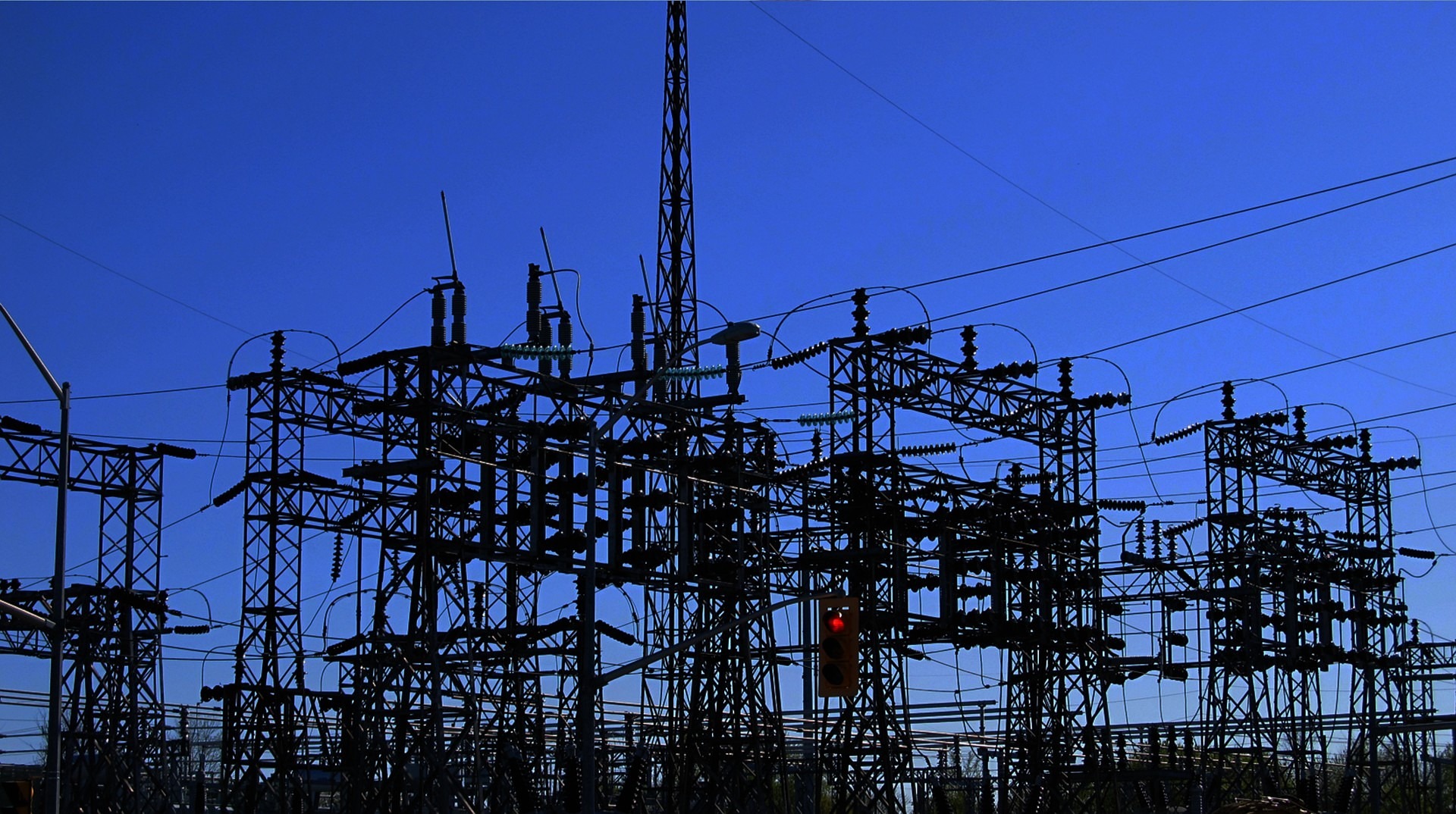At ENTREPRENEUR POWER ENGINEERING, we offer a comprehensive range of electrical engineering services to cater to the diverse needs of our clients. With a team of skilled electrical engineers and technicians, we provide innovative and reliable solutions in the field of electrical systems and power infrastructure.
Electrical engineering involves the study, design, and application of systems and equipment that use electricity, electronics, and electromagnetism. As an EPC (Engineering, Procurement, and Construction) contractor at Entrepreneur Power Engineering, here’s a step-by-step guide to electrical engineering in the context of project execution:

By following these steps, Entrepreneur Power Engineering ensures efficient project execution, safety, and client satisfaction.

Entrepreneur Power Engineering has become a trusted leader in the industries have successfully completed numerous projects in civil construction, architectural design, renewable energy, and infrastructure development, earning the satisfaction and trust of our clients.